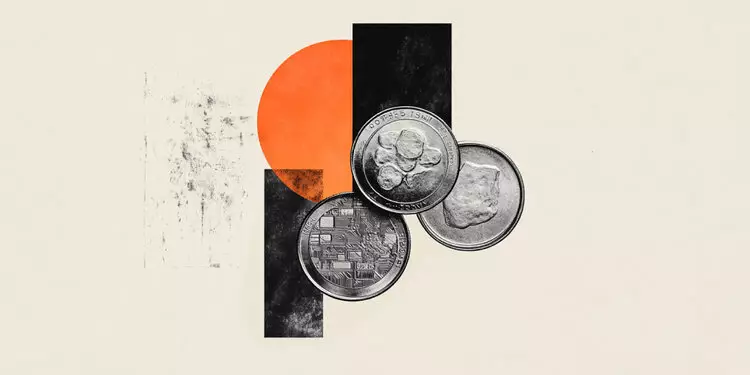Silver has recently encountered a significant retreat, losing over 1% and settling around $31.82 after peaking at $32.64. This decline underscores the sharp fluctuations in silver prices, particularly influenced by macroeconomic factors such as rising US Treasury yields, which have exerted downward pressure on precious metals. Silver’s current battle lies in the realm between two critical thresholds: $31.00 and $32.60. For traders, these levels represent crucial consolidation points, with resistance noted around the psychological mark of $33.00.
This downward trend emerged following the release of mixed US job reports, which added to an already complex backdrop of economic uncertainty. The jump in US Treasury bond yields typically signals increased opportunity costs for holding non-yielding assets like silver, thus making it less attractive to investors. Despite the price drop, silver still remains historically significant as a trading commodity and an asset for hedging against inflation.
From a technical standpoint, the dynamics surrounding silver prices suggest potential volatility. The Relative Strength Index (RSI) indicates that momentum has shifted into bearish territory, though it still hovers above the neutral line. This situation implies that while sellers are gaining control in the short term, the market is not outwardly pessimistic, suggesting there may still be opportunities for bullish maneuvers.
A crucial level to watch for silver bulls is the $33.00 threshold; for prices to pivot upwards and initiate a sustained uptrend, this barrier must be breached. If successful, traders might see silver rally towards its previous high of $34.54 reached on October 29, with an ultimate target of challenging the yearly peak of $34.86. On the contrary, if prices fail to hold above $31.10—a significant support level indicated by the 100-day simple moving average (SMA)—we may witness a continuation of the downward trend towards the $30.47 and $30.27 levels marked by the 50-day and 200-day SMAs, respectively.
Silver is witnessed not just as a precious metal but also as an industrial asset with substantial applications in sectors such as electronics and renewable energy, particularly due to its exceptional electrical conductivity. Hence, its pricing dynamics are influenced by a confluence of factors—geopolitical tension, interest rates, and economic performance, particularly in major markets like the US, China, and India.
Investors often turn to silver during periods of economic turmoil as it provides a safe-haven alternative. However, unlike gold, silver’s value fluctuates significantly more due to its dual identity as an industrial metal. The inverse relationship between the performance of the US dollar and silver prices cannot be overlooked either. A robust dollar can suppress silver values, while a weaker dollar often propels them higher.
Investment demand and supply are pivotal; while silver is more abundant than gold, its unique industrial use can precipitate surges in demand, thereby affecting price points. Furthermore, the recycling rates of the metal play a crucial role in balancing supply with market demand, ultimately impacting price volatility.
Historically, silver prices tend to correlate closely with gold prices. Their status as precious metals imbues both with qualities that attract investors seeking refuge during economic uncertainty. As such, changes in gold prices frequently affect silver trends. The Gold/Silver ratio serves as a valuable metric for investors; by indicating how many ounces of silver equate to the price of one ounce of gold, it offers insights into the relative value of the two metals.
High ratios may suggest that silver is undervalued compared to gold, prompting buying opportunities, while low ratios might indicate the contrary. This comparative analysis enhances decision-making for investors looking to optimize their portfolios in a fluctuating market environment.
Navigating silver markets demands keen awareness of economic indicators, technical analysis, and a comprehensive understanding of both domestic and global influences. With prices currently poised between critical support and resistance levels, silver remains a fascinating asset for traders and investors alike.

